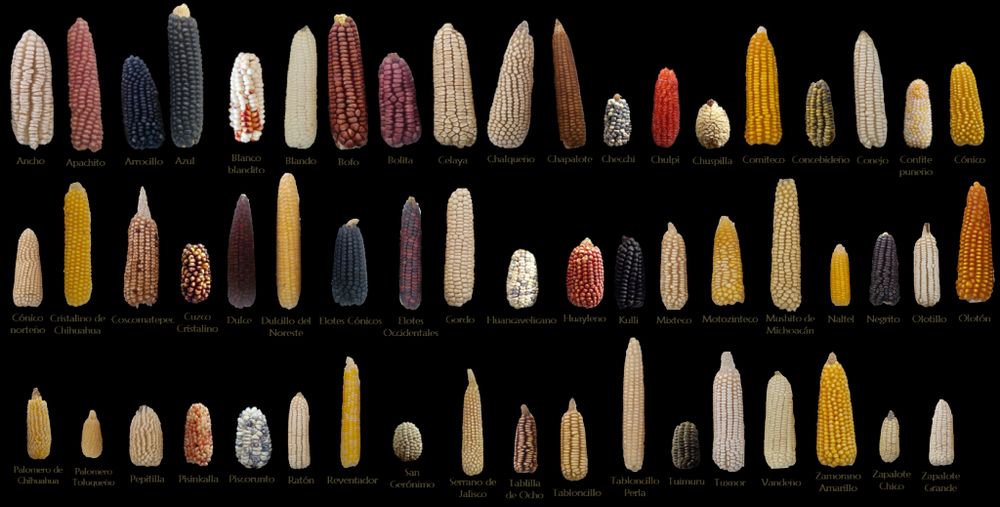
This discovery could help plant breeders develop wheat with more grains per spike, thus increasing yield!
agnr.umd.edu/news/scienti...

RNA-seq? Gene x sample.
scRNA-seq? Gene x cell.
Everything is a matrix.
But I never learned how to think in matrices. And I regret it.

RNA-seq? Gene x sample.
scRNA-seq? Gene x cell.
Everything is a matrix.
But I never learned how to think in matrices. And I regret it.

quantitative trait, and understood it needs a cross to prove genetic linkage. It's gene mapping using biparental families in a rudimentary form.
Sax, K. 1923. The association of size differences with seed coat pattern and pigmentation in Phaseolus vulgaris. Genetics 8:552-560.
quantitative trait, and understood it needs a cross to prove genetic linkage. It's gene mapping using biparental families in a rudimentary form.

▶️ www.biorxiv.org/content/10.1...
#PlantScience #PlantBreeding #genomics #phenomics

@aspb @ASHS_Hort @UF_IFAS share.transistor.fm/s/bed2ffa6





New article out by Marta Malinowska et al., including a small gene mapping using our Bayesian mapping tools - soon to be released (keep watching bsky 😉): Automated seminal root angle measurement with corrective annotation 🌱 : doi.org/10.1093/aobp...
#PlantBreeding #Automation #Phenotyping

New article out by Marta Malinowska et al., including a small gene mapping using our Bayesian mapping tools - soon to be released (keep watching bsky 😉): Automated seminal root angle measurement with corrective annotation 🌱 : doi.org/10.1093/aobp...
#PlantBreeding #Automation #Phenotyping


